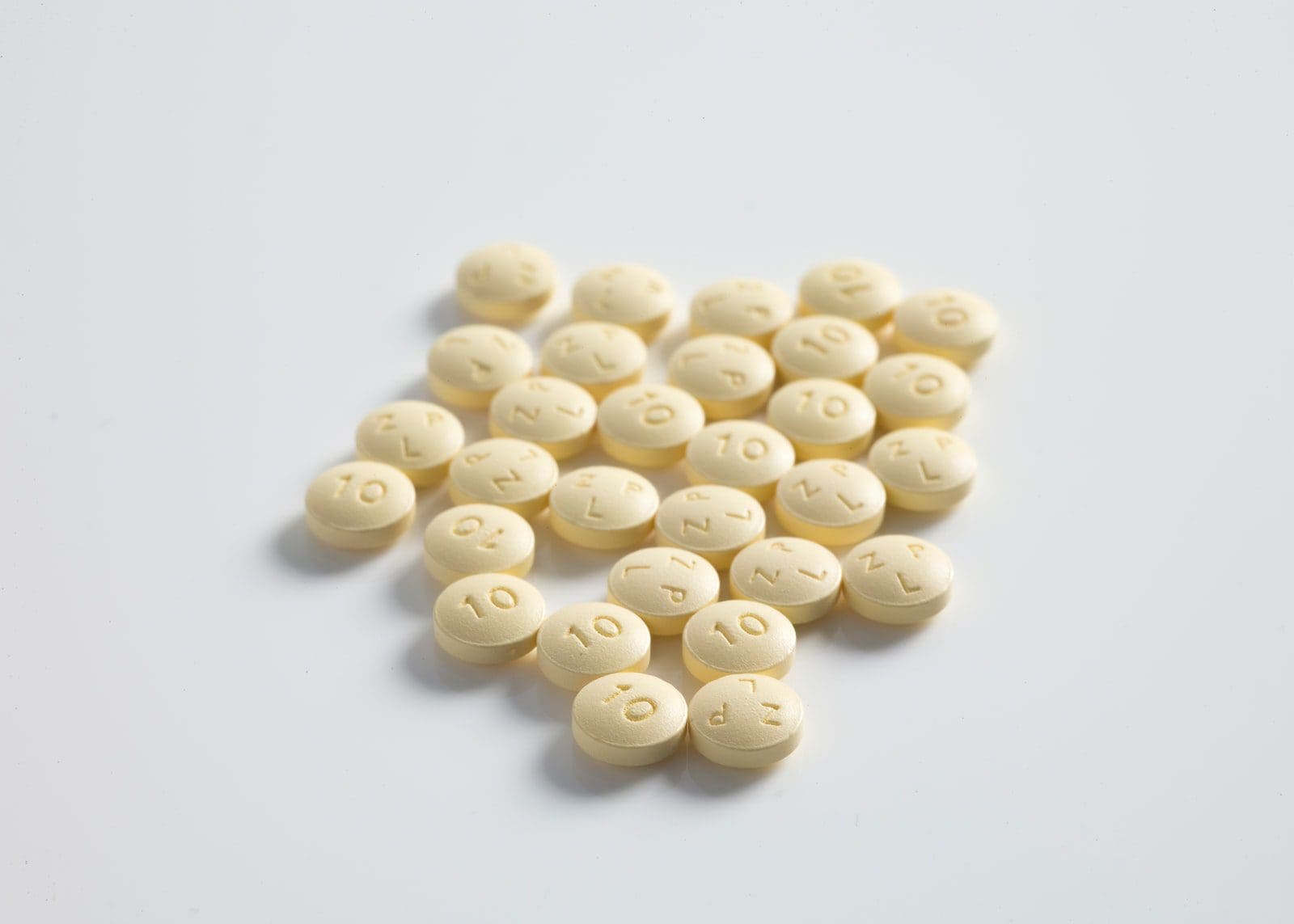Milligrams and Micrograms are the metrics that are used to measure the weight of something. One milligram equals one part of a thousand grams.
Key Takeaways
- A milligram (mg) is a unit of mass in the metric system, equal to one-thousandth of a gram (0.001 g).
- A microgram (µg or mcg) is also a unit of mass in the metric system, equal to one-millionth of a gram (0.000001 g).
- Both units measure small amounts of mass, but they differ in scale, with a milligram being 1,000 times larger than a microgram.
Milligram vs Microgram
Milligrams (mg) are units of measurement for mass used to measure larger quantities of substances, such as medication doses. Micrograms (mcg) units are used for much smaller quantities of substance, such as vitamin supplements. One microgram is equal to one millionth of a gram.

One milligram is one by a thousand parts of a gram. It can also be calculated in grams, as a thousand milligrams equals one gram.
A microgram is even lighter than a milligram. It is the one-millionth part of a gram. One million milligrams equals one gram.
Comparison Table
| Parameter of Comparison | Milligram | Microgram |
|---|---|---|
| Abbreviation | Milligram is abbreviated as mg. | Microgram is abbreviated as mcg. |
| Parts in gram | A thousand milligrams is equal to one gram. | One million micrograms are equal to one gram. |
| Metrics | 1mg = 1/1000 g | 1mcg = 1/1000000 g |
| Conversion | Mg = mcg*1000 | Mcg= mg/1000 |
| Tool | The tool used to calculate a quantity in milligrams is milligram balances | The tool used to calculate a quantity in micrograms is microgram balances |
What is Milligram?
A milligram is a unit of mass that is used to weigh quantities. It is comparatively a tiny unit compared to kilograms, the SI unit of mass.
One milligram is equal to 1* 10-3 grams. One gram is similar to the mass of a millimetre.
Often, milligrams are used worldwide to express the limitation of a quantity. This is why it is always expressed in grams.
The nutrition details in the daily foods we consume are expressed in terms of milligrams. When the packets’ wrappers containing fast foods are checked, the packagers express the number of fats, vitamins, and minerals in milligrams.

What is Microgram?
One microgram is also a unit of mass used to weigh particles. This is even smaller than milligrams.
One microgram is equal to 1*1000000 grams. This unit is mainly used in microchemistry.
Microgram is taught at schools to understand the details of the number of compounds present in different substances. As it is very tiny, this amount is represented by converting it to grams.
Institutions such as the Institute for Safe Medication Practices and the US Food and Drug Administration encourage expressing quantities in micrograms. This is because of the importance of composition in drugs.
Main Differences Between Milligrams and Micrograms
- One milligram is equal to one by a thousand parts of a gram. One microgram is similar to one by million parts of a gram.
- When expressed in terms of grams, a thousand milligrams equals a gram, whereas one million micrograms together contribute a gram.
- Milligram is lighter than a gram but heavier than a microgram. Microgram is more delicate than both grams and milligrams.
- Milligrams can be converted to micrograms by multiplying them by a thousand. Micrograms are converted to milligrams by dividing them by thousand.
- The equipment used to weigh quantities in milligrams is known as milligram balance, whereas the equipment utilised to consider particles in micrograms is known as microgram balance.

It’s incredible to think about the minute measurements and their huge implications.
Indeed, it’s eye-opening how these small scales affect science and medication.
The impact of milligrams and micrograms is indeed far greater than their diminutive scales might imply.
Absolutely, the vast reach of these tiny measurements is quite fascinating.
Agreed, the significance of these minute units is profound.
The significance of milligrams and micrograms in healthcare and scientific research is undeniable.
Absolutely, these minute metrics are paramount in healthcare and scientific studies.
Indeed, the precise measurements of milligrams and micrograms are vital in numerous scientific and health-related applications.
The precise measurements of milligrams and micrograms are essential in ensuring the safety and efficacy of various drugs and compounds.
Absolutely, these minute measurements are significant in maintaining the integrity of various medications and chemical formulations.
How fascinating that such small measures can have such vast implications in our daily lives and scientific studies.
Absolutely, the significance of these minute measurements is far-reaching.
It is quite remarkable, the impact of milligrams and micrograms reverberates across multiple areas of life and science.
The importance of the distinction lies in the fact that these precise measurements are essential in various scientific fields.
Absolutely, it’s the minute details that can determine the success or failure in various scientific studies.
This is a significant distinction to comprehend especially when medicating and accurately dosing.
Absolutely, a crucial detail to consider.
It is quite impressive how such tiny units are so impactful especially in healthcare.
It’s intriguing how these small units play crucial roles in different industries including pharmaceuticals and chemical research.
Indeed, the impact of milligrams and micrograms stretches across various scientific and health-related fields.
It’s intriguing to ponder the profound impact of milligrams and micrograms on various scientific and medical advancements.
Exactly, the far-reaching implications of milligrams and micrograms are quite remarkable.
Indeed, the influence of these tiny measurements spans across numerous scientific and healthcare disciplines.
One can’t help but marvel at the intricate significance of milligrams and micrograms in various scientific and medical contexts.
Very true. The influence of such minute measurements is remarkable.
Indeed, the precision of these measurements is paramount in numerous scientific and healthcare disciplines.